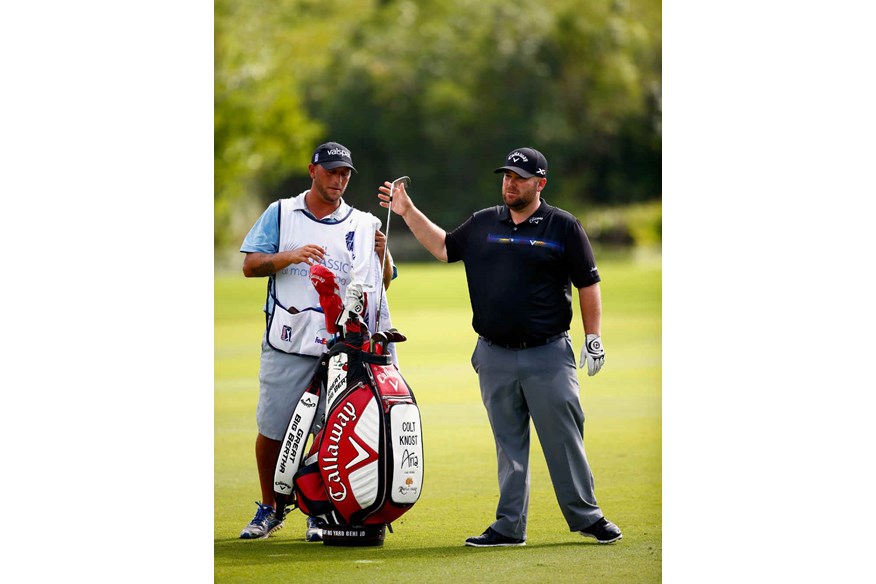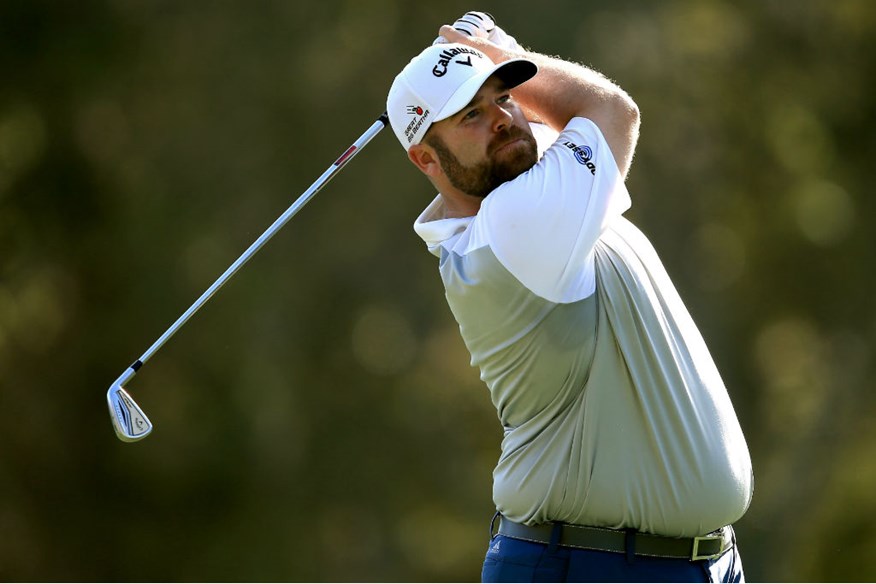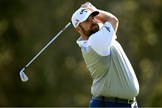Tour players can shoot 68 in 2.5 hours – so why is play so slow?
Last updated:
The standout hero on the Sunday of the Shell Houston Open was undoubtedly Jim Herman. The 38-year-old surprised everyone to beat a stellar field and secure his maiden PGA Tour victory.
But we want to talk about Colt Knost. The 30-year-old American was 12 shots off the lead going into the final round of the Shell Houston Open. With an odd number of players in the field, Knost was left to play alone, and rattled round all 18 holes in under two and a half hours, shooting a four-under par 68. Only four players bettered that score, and all of them took a lot longer than that.
Graham DeLaet was impressed:
Clearly, a one-ball is likely to be quicker than a two-ball or a three-ball, but Knost’s 150-minute 68 goes to show that you don’t need to take an eternity to shoot a good score.
It can happen in majors, too. In the final round of the 1947 Masters, a pairing of Gene Sarazen and George Fazio went round Augusta National in an hour and 57 minutes, shooting 70 and 76 respectively.
Super-quick players have to be careful. The PGA Tour has been known to hand out warnings and fines for players deemed to be playing too quickly and therefore not giving their full commitment. It’s hard to fine someone for not trying when they’ve shot 68, though.

If it’s possible to shoot fantastic scores on tough courses while maintaining a rapid pace of play, why must we be subjected to five and six-hour rounds every time we watch a PGA Tour event? With so much on the line, the players understandably want to take the utmost care over every shot, but there’s no proof that playing so slowly has any relation to improved performance. It’s impossible to maintain complete concentration for such a long period, so isn’t it possible that shortening your round could actually improve your scores?
We’ll be waiting a long time to find out…


